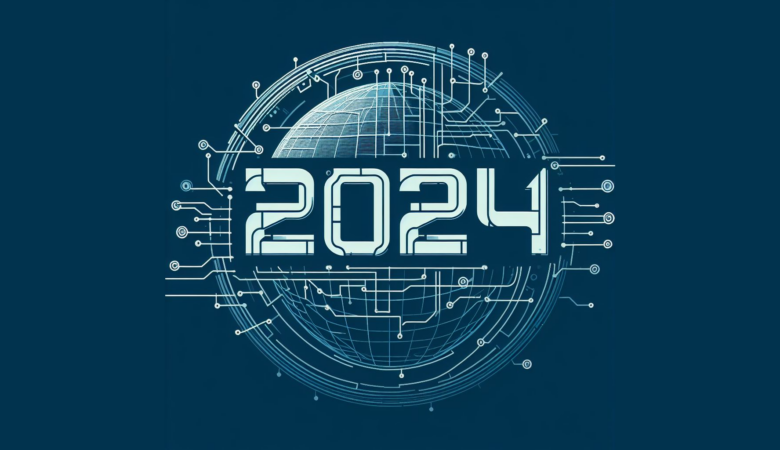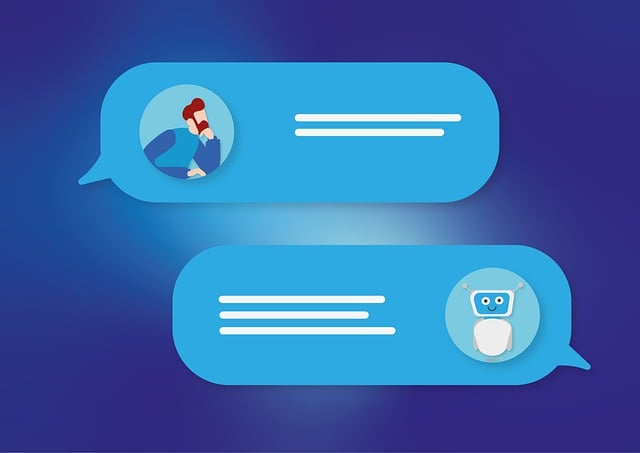In our last article, we talked about trends in the software development market for 2023. This is a very diverse market, with different approaches to technology, sectors and professionals. So every trend can affect a specific sector more impactful than another one. For instance, AI-Generators can find themselves better results in desktop development than the other sectors. On the other hand, cybersecurity could focus more on web and mobile development.
Thinking about that we saw a good opportunity for a follow-up article. Now we want to discuss three of the main sectors of software development. They are web, mobile and, one of its oldest ones, desktop development. Our goal is to give the basics of each type of development, although these differences are quite obvious.
Anyways, we hope the article is somewhat useful to pick interest in those areas. And we recommend anyone to look further in these topics. So let’s begin with the oldest form of software development since the “birth” of computers.
Desktop Development
Desktop development seems overlooked in recent years due to the focus on mobile and web applications. But even though we had this shift in the way we approach digital technology, desktop software still has its fair share in the market.
Generally speaking, desktop development is the creation of programs and/or software that run locally in computers after install them. They still need an internet connection to download updates, but desktop apps operate offline normally. Nowadays, this type of software is reserved for more complex activities for professionals like engineers, video editors, game developers, designers, etc.
Microsoft Office and Adobe Photoshop are two of the most common examples of desktop software. They still are largely used in day-to-day tasks in several businesses. And there is a lower cost to build and to maintain desktop applications. Thus making it still a feasible business model for software developers.
Web Development
Web apps used to be contrasted to desktop software. But now their main competitor is the mobile market. In a way, web and mobile development are very similar and we can see companies today usually offers both web and mobile versions of their products. Social networks are a good example of web applications the public uses daily.
As the name implies, web development consists of applications accessed via a web browser, such as Google Chrome or Mozilla Firefox. Which means you will always require an internet connection so the app can run. The main advantage of web apps is they don’t require installation, which saves disk space for the computer. But on the other hand, for software engineers, this implies the development of more sophisticated structures to connect the services to their users.
Another appealing characteristic of web development is it promotes the integration between different applications. This also brings the necessity of a better thought development process so the application can properly run with other services, thus making web development as complex as we see in the desktop market.
Mobile Development
With a continuous increase in the number of smartphone users, mobile development is high as ever in the most recent years. It competes directly with web applications and is analysts often consider mobile apps the leading sector in the current software development market.
Again the name already delivers the definition of this technology: applications developed to run on handheld devices such as smartphones, IPads, tablets, etc. One key difference is that, although you can run a web application through a browser’s app on your phone, the mobile apps design is specifically for mobile device users only.
Another aspect of mobile development is that apps can be native or hybrid. Native means the application will run only in its specified platform language, while hybrid apps can work in different operating systems like iOS or Android.
Mobile apps often can run without a connection to the internet, like many mobile games. So in a way, it compiles characteristics from both web development and desktop development, although mobile app usually has fewer functionalities than their counterparts.
Conclusion
Today we discussed the main differences between desktop, web and mobile apps, the main types of software development. Our goal here was not to dive deep into each of these topics, that’s a plan for future articles. But we gave enough information so the general public can have a basic understanding of how each development process operates.
If you want to know more about software development, we invite you to check our other articles. And any more questions you can comment in the section below or contact us on our page or our website. Thanks for the reading!








Leave a Reply